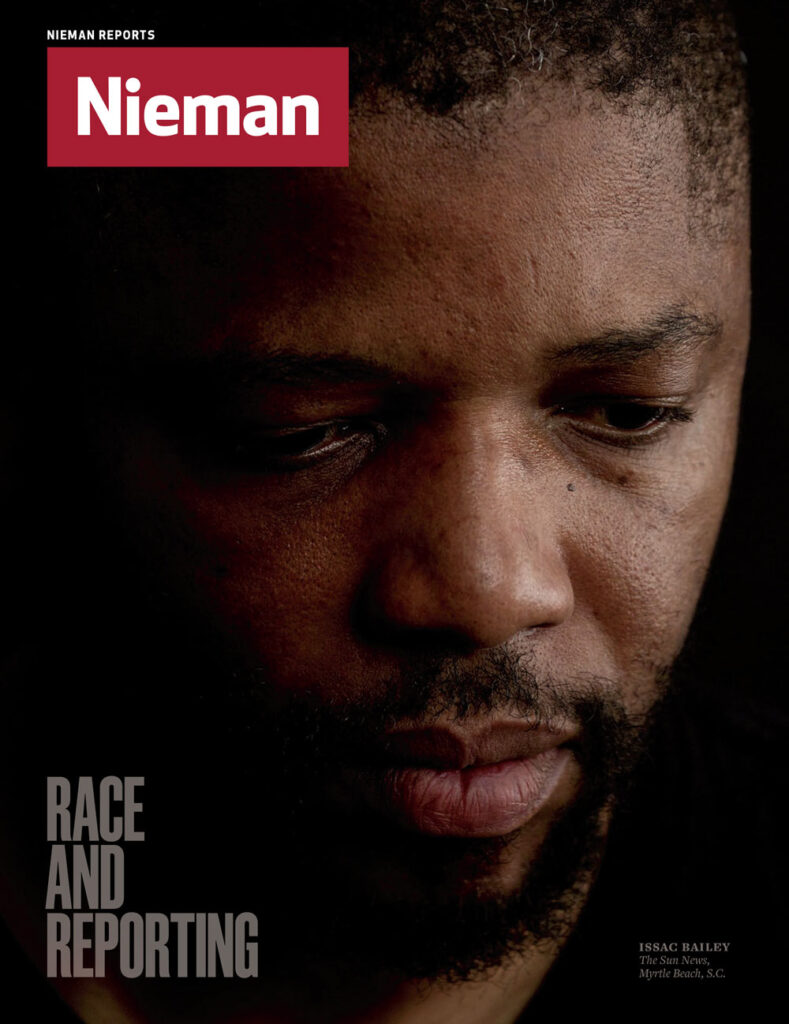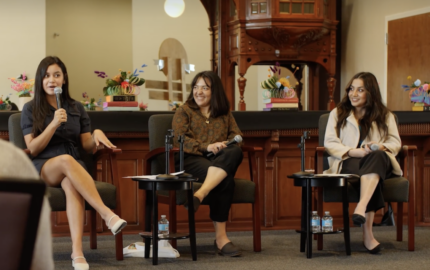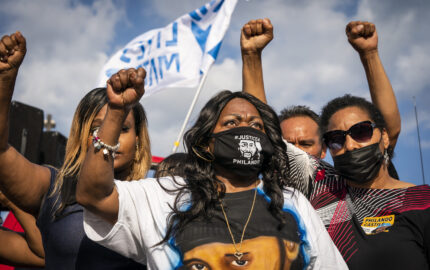Growing up Asian and Latina in a town that was nearly 90 percent white, it was only natural that I’d develop an appreciation for diversity. I didn’t see me anywhere, and it was my longing for stories that reflected the experiences and diversity of my communities that steered me toward journalism.
From its inception, Southern California Public Radio (SCPR) has set the goal to serve all of greater Los Angeles. Its leadership understands that in order to stay relevant and viable, newsrooms must embrace diverse hiring and reflect the communities they serve.
SCPR has proved that trying to reach people of color does not mean the existing white audience will tune out. Between 2009 and 2014, SCPR nearly doubled its Latino listenership without losing core listeners. Total audience is up 22 percent. And in our newsroom, just less than 40 percent of the content team is non-white. But in a county that is 48 percent Latino, 15 percent Asian, and 9 percent black, that’s not enough. While SCPR has become a model for other public media newsrooms, we’ve learned there’s a long way to go.
So, what’s worked?
SCPR’s push for diversity starts with its board, a diverse group of L.A. business and civic leaders who believe in the need for a major news service for all of Los Angeles. SCPR prioritizes research and engagement at multiple levels, seeking input from stakeholders, community leaders, and community members through digital and in-person efforts. This is not outreach; it’s a “two-way street.” SCPR regularly publishes Public Insight Network queries, engaging with a more diverse pool of sources. In 2011, SCPR launched the One Nation Media Project, as part of a three-year, $6-million investment from the Corporation for Public Broadcasting, with the goal to provide high-quality, multimedia English-language news coverage to multiethnic communities in Southern California. SCPR leaders stress that a pool of applicants is not considered a pool unless it’s diverse.
Trying to reach people of color does not mean the existing white audience will tune out
By doing all this, we’ve changed the way we cover Los Angeles, shifting the editorial strategy to more meaningfully engage and widen our audience while also telling important, impactful stories. Recent examples include Deepa Fernandes’s piece on janitors spreading the value of early education among immigrants and an Adrian Florido report on a produce stand in South L.A. In recent months, the “Take Two” morning show has looked at how to talk to children about race, L.A.’s race relations, and other subjects that highlight diversity in all its forms.
We couldn’t do this without significant diversity within our reporter and producer corps. Every hire brings a new-to-us network of sources and resources. Every additional language spoken equals a new channel for hearing about issues affecting people in our coverage region. We are doing stories we were not equipped to cover five years ago.
We’ve also created a safe space to talk about things like multicultural competence, how to pronounce particular words, and potential obstacles to engagement. These conversations are not limited to people of color but rather involve the entire newsroom.
There’s more to be done. Our demographics don’t reflect the region. Though nearly 40 percent of our content team is not white, all but two of our senior managers are. We have to actively look for opportunities for growth within SCPR and hold on to talented reporters of diverse backgrounds. It’s a natural consequence of SCPR’s success that other news organizations would want to hire them away. Most of all, the organization has to keep pushing forward: through criticism, awkward moments, and the occasional hiccup. There have been tremendous challenges—internal and external—but the wealth of ideas and better sense of place are daily reminders that we’re on the right path.



